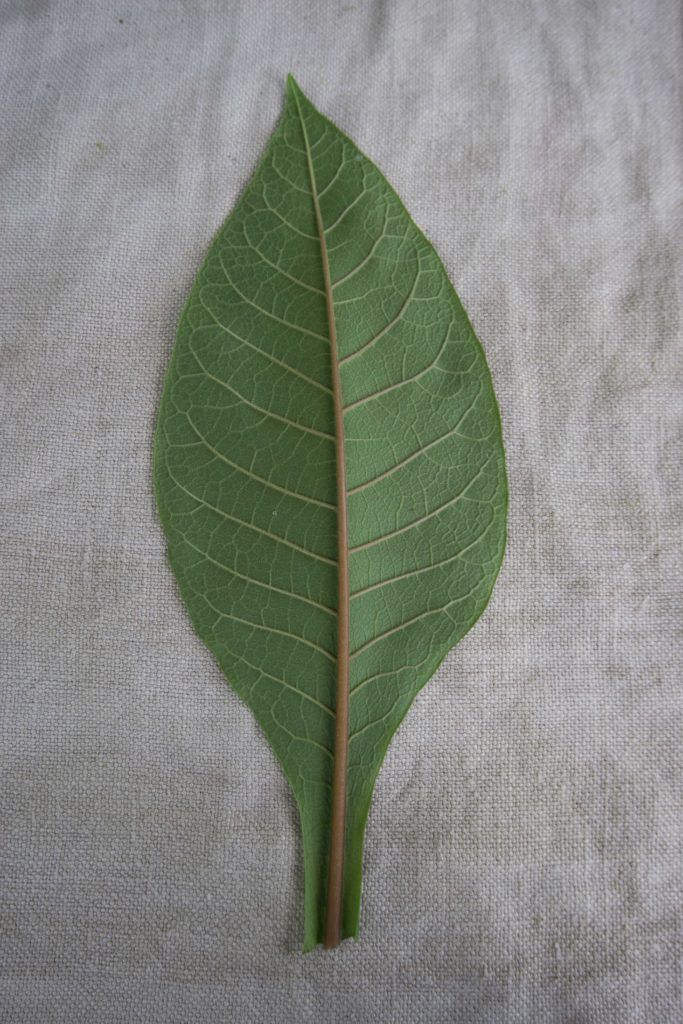Acanthus
Available FallSpringWinterAcanthus leaves are large and waxy, with moderate veining and a handsome sharp-edged shape. Produces a nice, somewhat creepy flower spike.
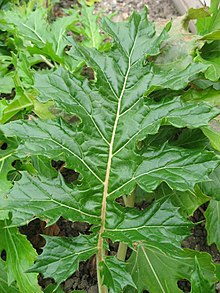
Acanthus leaves are large and waxy, with moderate veining and a handsome sharp-edged shape. Produces a nice, somewhat creepy flower spike.

Artichokes produce dramatic, spiky leaves with great veining. Similar to the Cardoon, though the leaves tend to be narrower with more spacing.
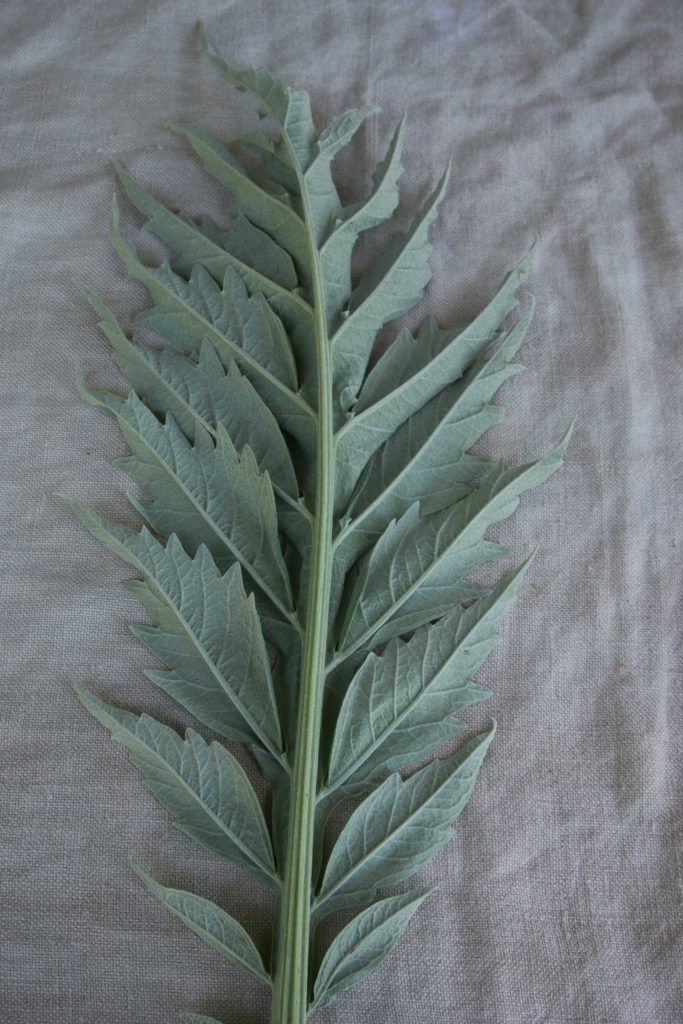
The Cardoon is very similar to the Artichoke, but the leaves tend to be wider. The flowers are not edible like on an Artichoke, but the stems are. They die after flowering in summer, so they can be difficult to obtain during June and July, until they start growing again.
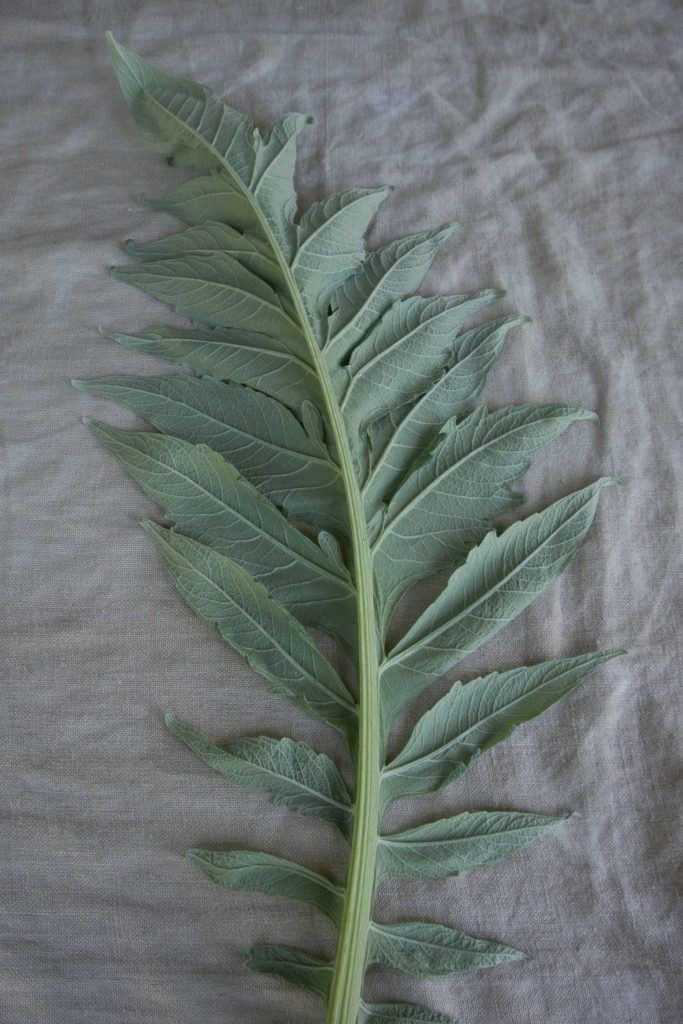
Geraniums come in a large variety of sizes. They are an intriguing shape.
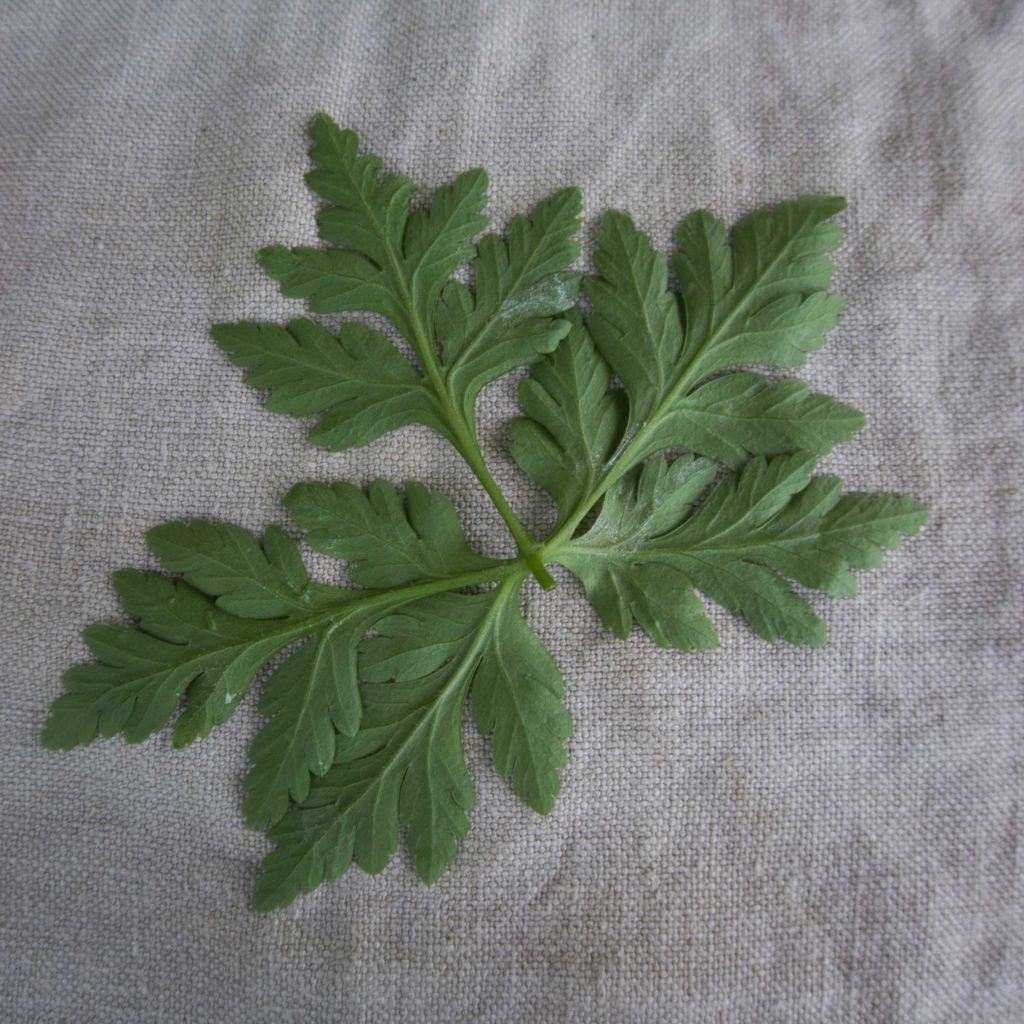
Gingkos have both a unique shape and texture, resulting in a calming presence. Very interesting that it also makes for a anxiety-reducing extract!
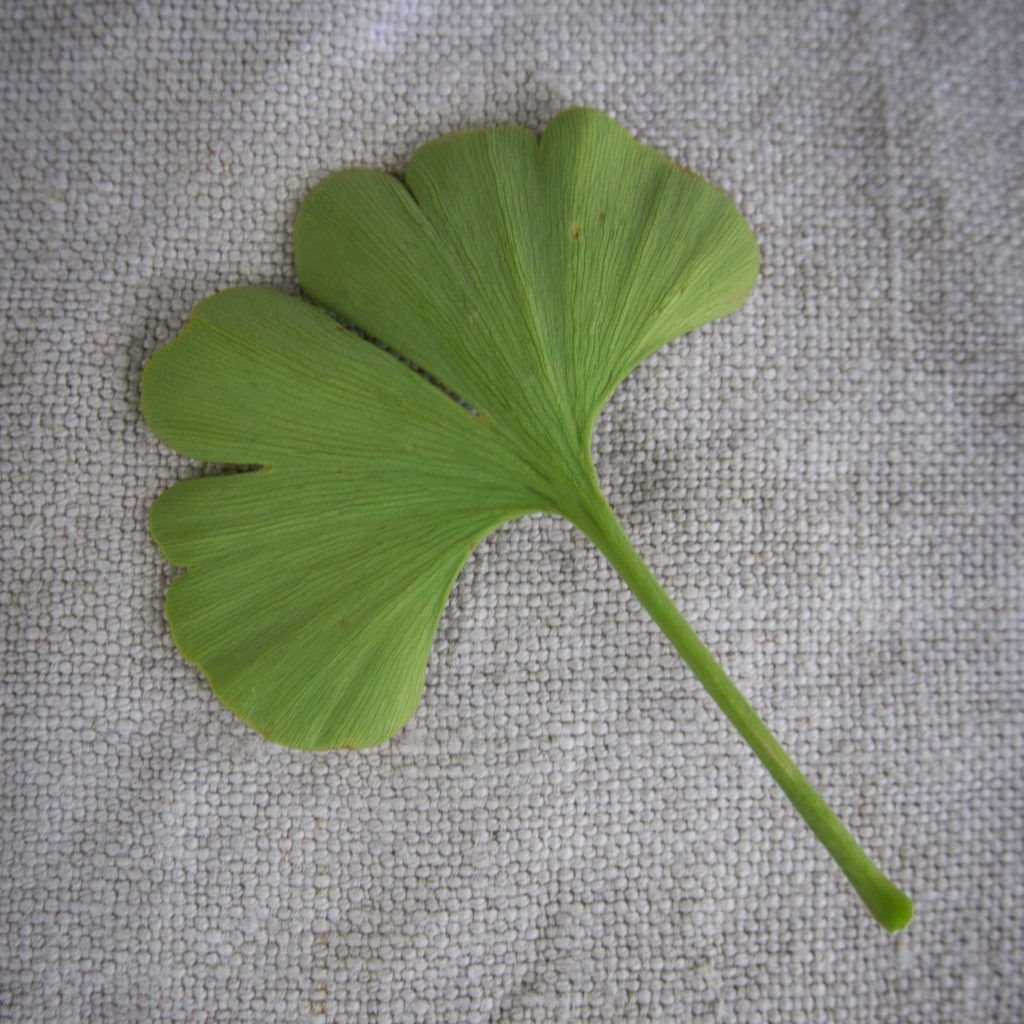
Heracleum leaves come in a one sided right triangle shape, and a symmetrical shape. The combination makes for a nice balance.
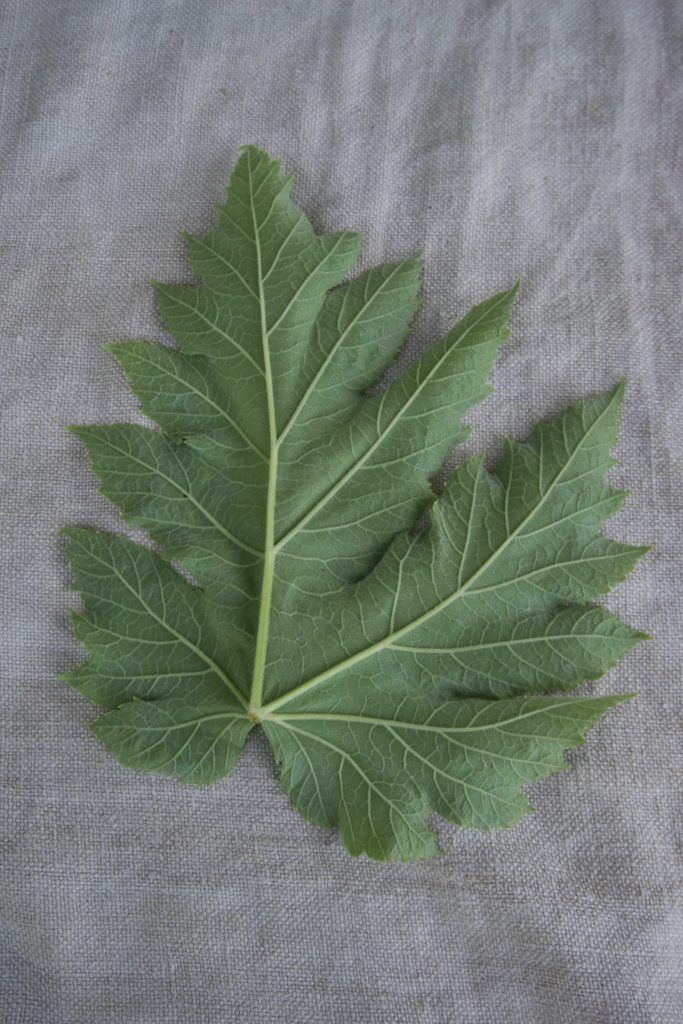
Horseradish leaves are crinkly and waxy with good vein structure. Often they have little leafy outcroppings, bugbites, and a bunch of personality. Horseradish are grown for their spicy roots, often used in place of wasabi.
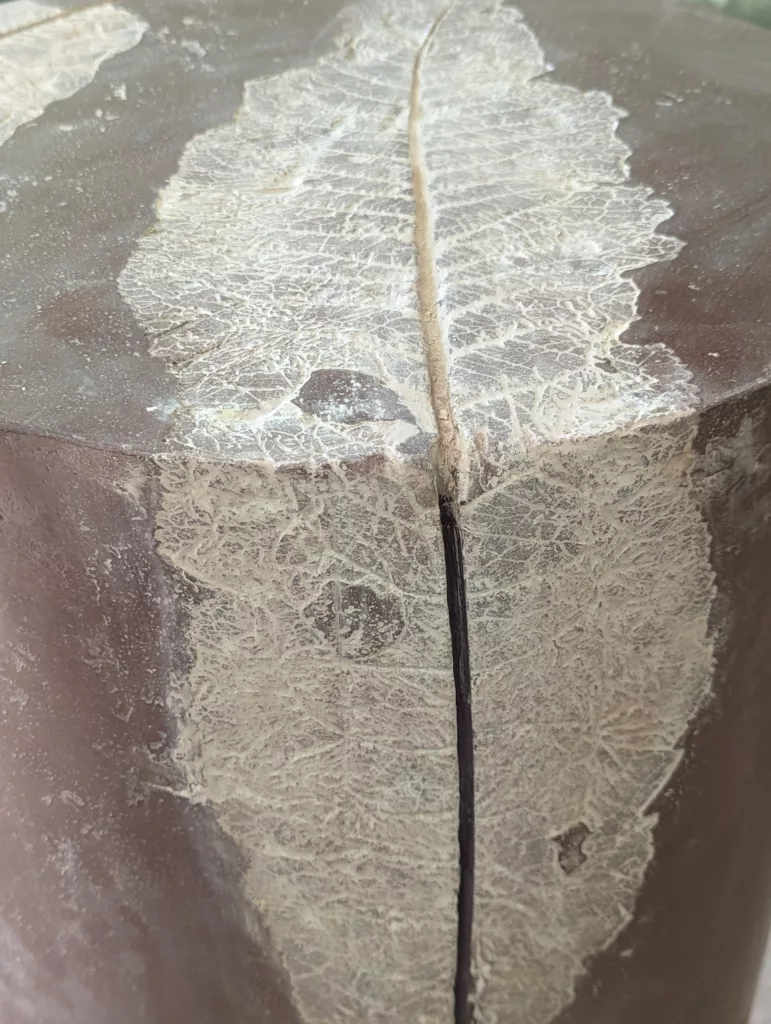
The lady fern is a delicate shape with a fairly traditional fern look, though it is not nearly as large as the impressive chain fern.
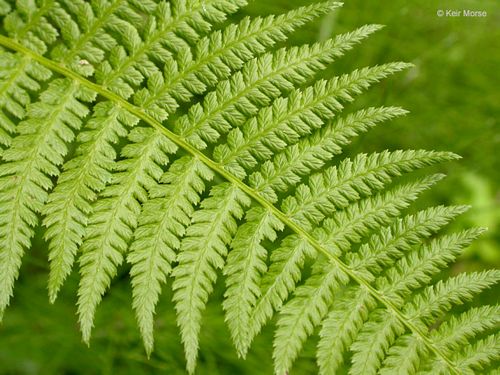
Miscanthus grasses are large bushes with golden or reddish seedheads. When freshly sprouted, the grasses more naturally spread out, while the older seedheads are more clumped up.
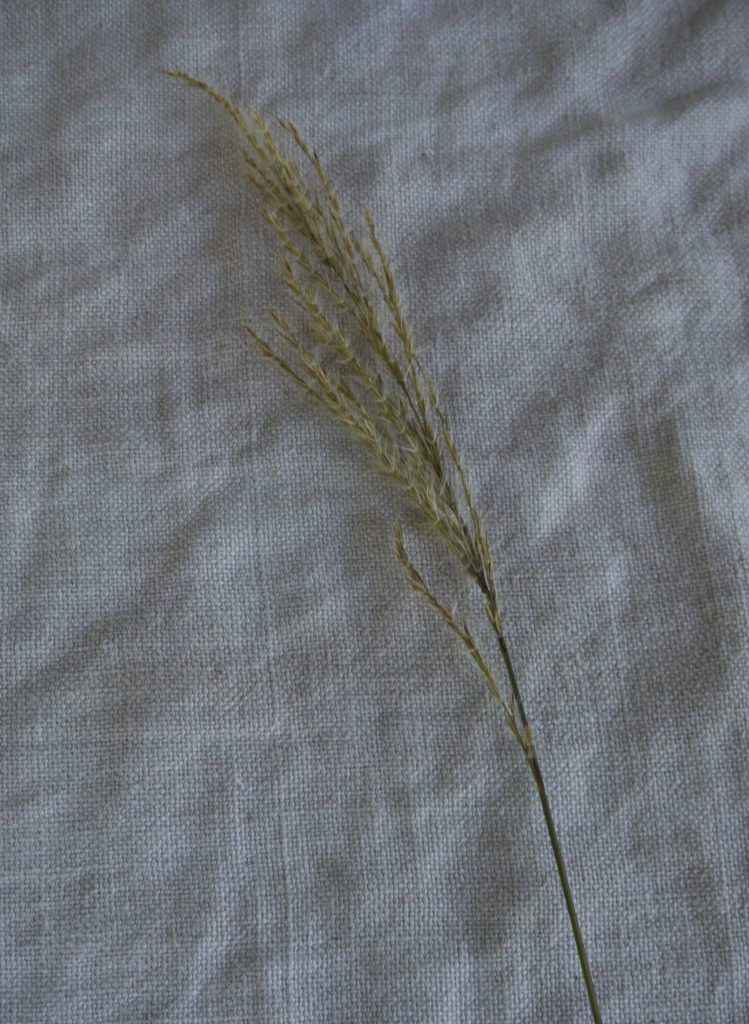
Nasturtiums are an edible leaf with a peppery taste. They like some moisture but are killed by frost. They are best in Spring and Fall, but we can usually find some in Winter and Summer as well.
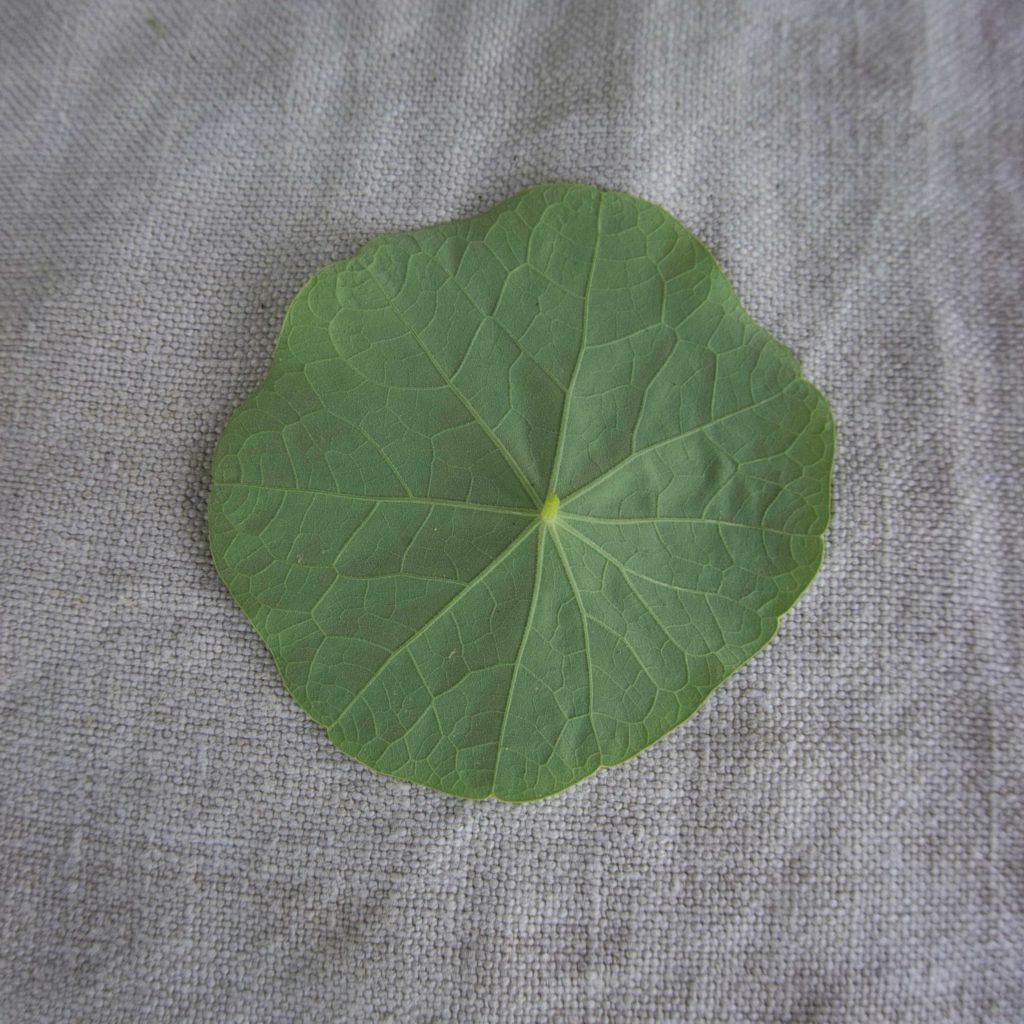
The only thing nicer than persimmon leaves are persimmons. Their vein structure is simple but appealing.
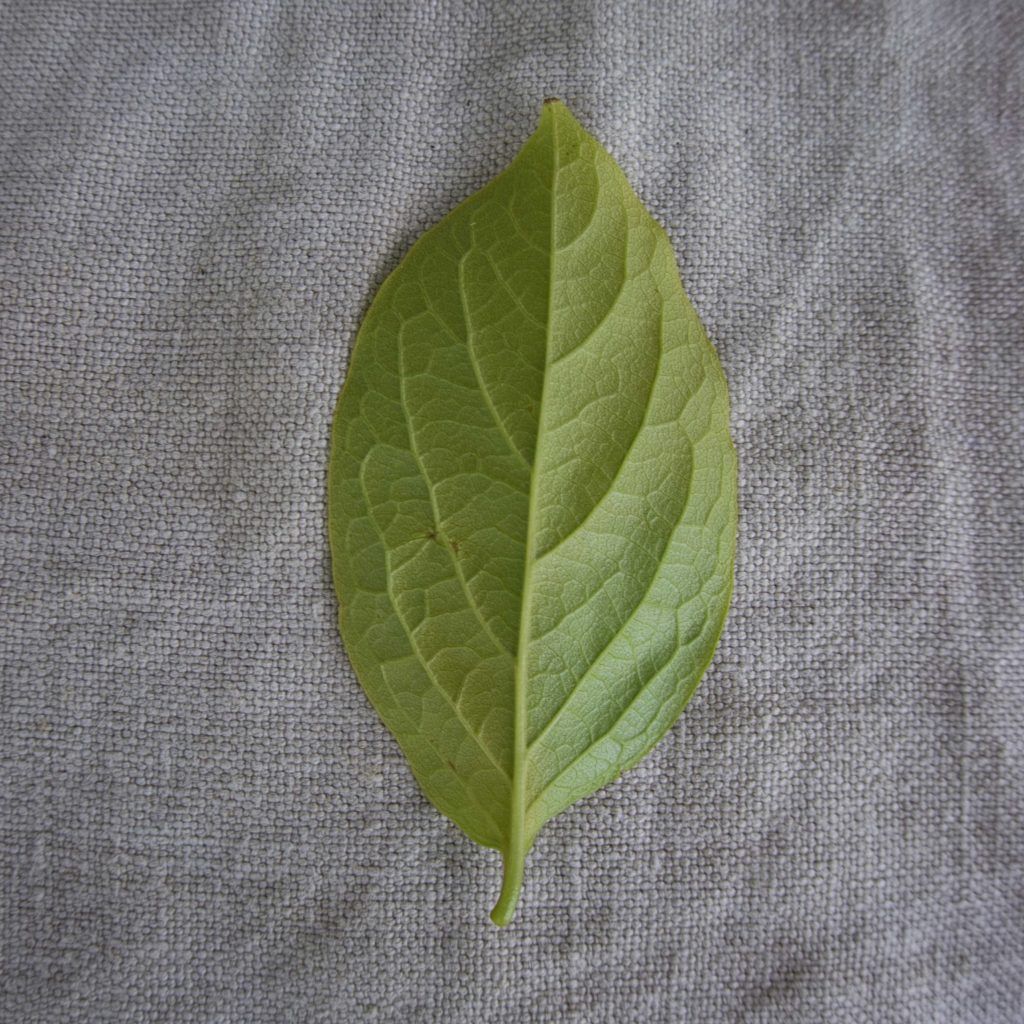
Potatoes have surprisingly luscious, detailed leaves. Just another reason to love taters. Leaves are best in winter.
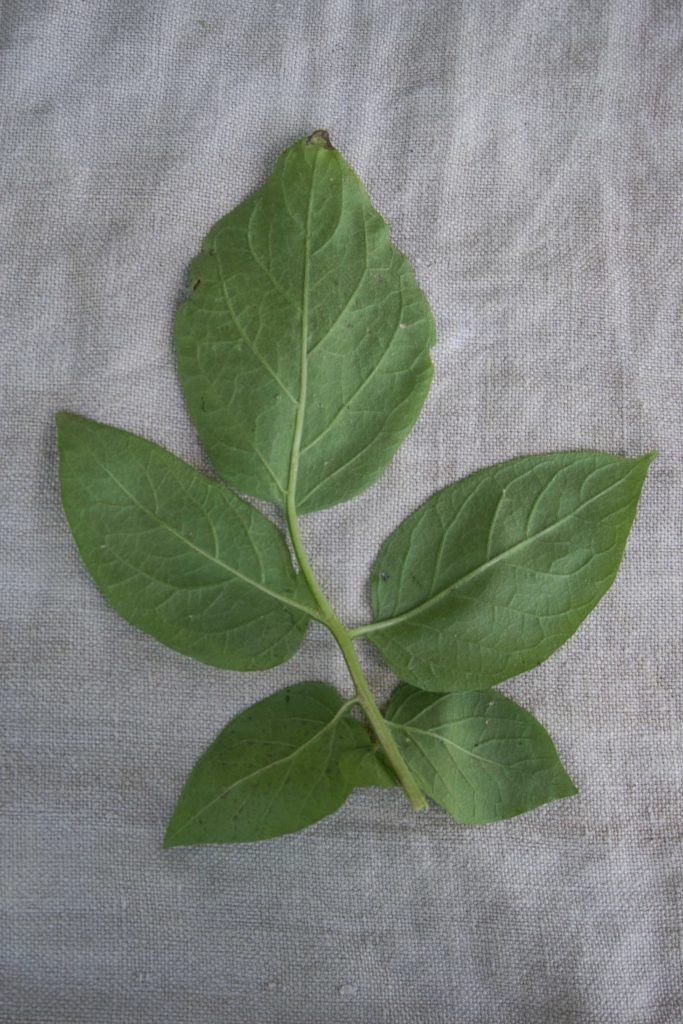
The largest leaf we cast. Rhubarb leaves have incredible vein structures, and they even stain the concrete purple when casting, though sadly this staining does not persist. One of the few plants where the stems are edible but the leaves are poisonous.
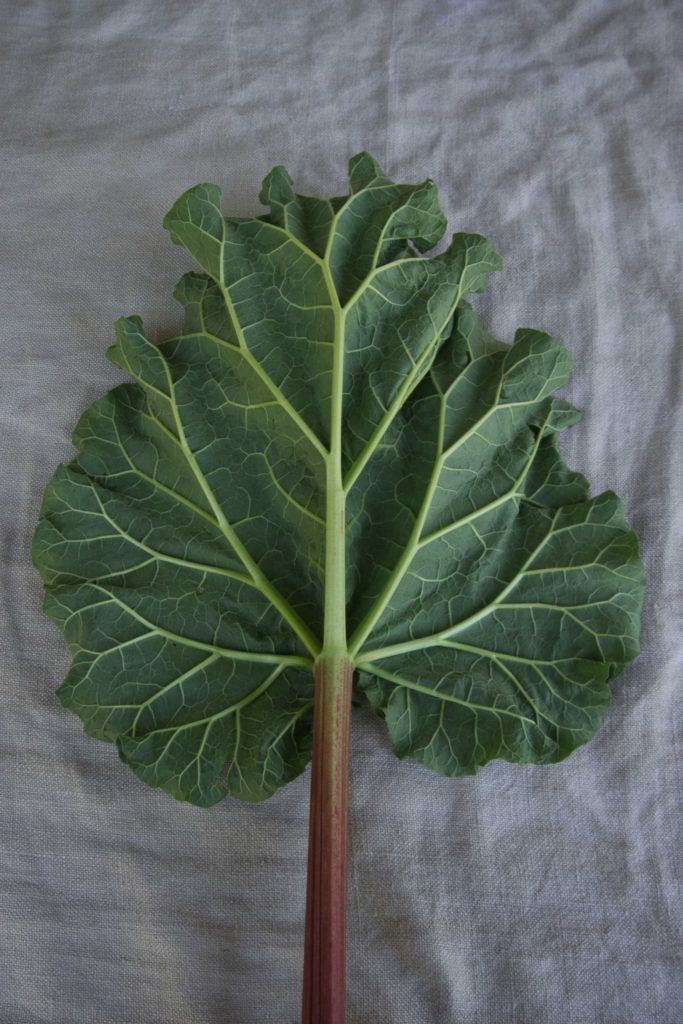
Smokebush leaves create a subtle impression that belies their dramatic purple color.
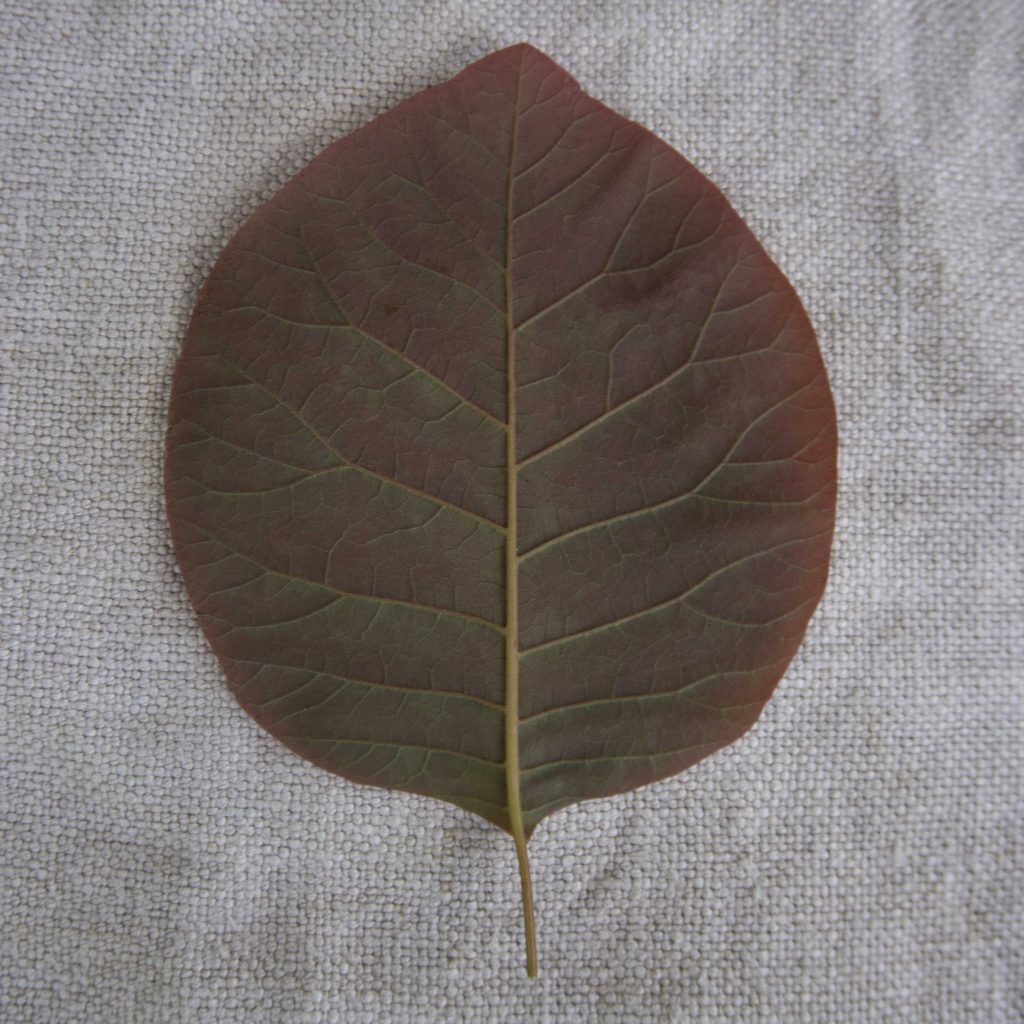
The hardy sword fern persists year round, but the fresh leaves in Spring are best. More mature leaves have dots of pollen that can add visual interest, but the woodier leaves mean some detail can be lost.
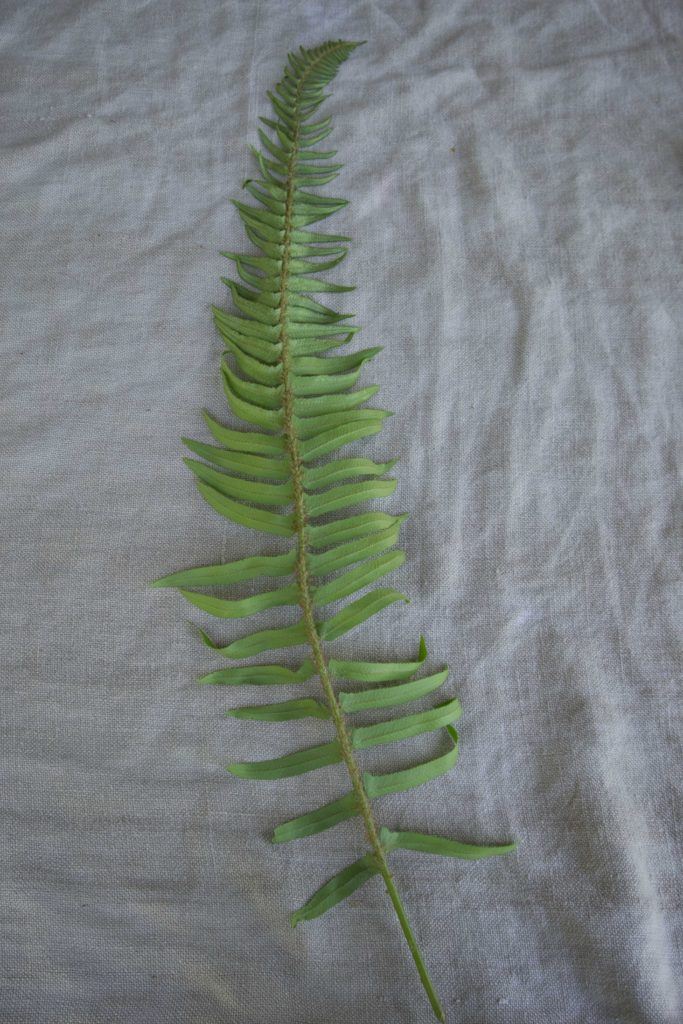
One of the flattest, most symmetrical leaves in our repertoire. Note, we don’t use the sm0king variety of Tobacco! Nevertheless, the leaf has sweet smell and have lovely flowers.
